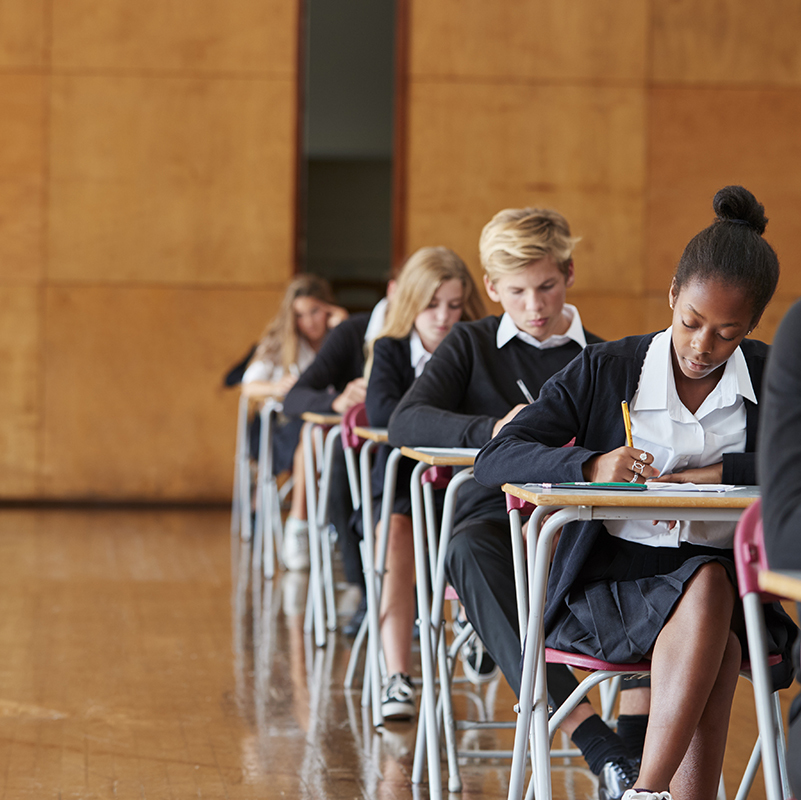James Purnell reflects on the relationship between the arts and science and how it can be used to solve environmental and social challenges.

Lab-grown fur, fish-skin leather and algae lipstick are all set to storm the catwalk over the next decade, as design-science becomes a key part of a fashion student’s skillset.
Traditionally, education policy keeps science and art at a safe distance, openly favouring one above the other. But the imperatives of environmental and social change are breaking down such silos in higher education, and policy needs to catch up. Already, UAL – the world’s leading undergraduate university in art and design – is collaborating with science institutions to work at the forefront of biodesign. This emergent movement combines design and science insights to target contemporary challenges such as climate change, low energy manufacturing, natural resources depletion, human and environmental health.
Strange as it would have seemed 10 years ago, bio-labs are the future of creativity and part of the answer to climate change.
Biology and biodesign
This is driven by innovation partnerships between industry, STEM and creative universities. In April 2022, LVMH, Imperial College London and Central Saint Martins UAL announced a strategic collaboration based on design-science academic research to prototype new bio-textiles. The focus of this two-year research initiative is new lab-grown fur fibres for luxury fashion. For the first time, keratin will be the focus of a study to develop a fibre capable of mimicking a range of luxury materials including fur. This collaboration between world leaders in their fields aims to create an entirely new product that helps protect the planet. It is based on Imperial’s expertise in synthetic biology and Central Saint Martins’ expertise in biodesign.
The fashion sector is a great place to trial this sort of collaboration, because it is one of the world’s wealthiest and most polluting sectors, responsible for 4% of global emissions. Using the creative process, our graduates are helping the sector to take emissions out of the supply chain and rethink what happens to garments once they’ve been used. It has reached the point that the two strands are increasingly entwined in industry thinking: how we reduce emissions and what looks good on the catwalk.
This is just one way in which the creative economy can be an extraordinary force for good. UAL’s purpose has always been “to change society through our knowledge and creativity”, an aim which we feel applies to the creative economy as a whole.
Collaboration and storytelling
The power of creative thinking, as practised at UAL and throughout the sector, is not only in vocational and industrial application. It’s a holistic approach to problem-solving based on practical, hands-on approaches combined with a deep understanding of human nature – knowing, for example, that the human need for luxury can be met in new ways.
Storytelling is an important aspect of creative practice. Just look at how the idea of a minimum wage – and indeed the living wage – has become a mainstream idea, one that is accepted by the majority. Not so long ago, this was a radical, to some threatening, idea. Now, it forms part of the core political narrative.
Take, for example, the person who cleaned the office of the Chancellor of the Exchequer, writing an open letter to him about how she struggled to make ends meet. This storytelling humanised the injustice of low-pay, just one example of how creative approaches to the world’s biggest issues can help us solve them.
How creativity impacts society
Creativity is also making a huge impact on assumptions on race and climate change.
UAL Professor Mark Sealy set up the Autograph gallery in London, using photography and film to highlight race, representation, human rights and social justice. A recent exhibition tackled the visual imagery that shapes our idea of corporate leadership, notably that CEOs of big companies are white.
There has been a big shift in how the public thinks about climate change. This has much to do with the work of the Intergovernmental Panel on Climate Change (IPCC), the scientists, COP and the rest. We tend to neglect the fact that their work is entwined with and informed by how the issue is presented in galleries, children’s books, or even Hollywood.
Trained creative people are leading the conversations and sharing in the research that makes society think differently. Today’s young people understand that education works in several dimensions, creatively and scientifically. Demand for the kind of incredibly high-calibre courses we provide is rocketing, and we are focusing this demand (in the shape of our research and our graduates) on the world’s needs and problems.
But public and institutional understanding lags their insights. There is an idea, popular among some opinion-formers, that too many students are opting for creative subjects post-18, that they are low value and not worth the investment based on the future earnings of graduates.
The power of creative graduates
This is looking at the wrong end of the telescope. The creative industries are a vital part of the economy – and are powered by creative graduates. Yes we need to pay creative professionals more and let them keep their IP. But reducing the number of creative graduates would damage the economy and reduce the overall tax take.
Those with this policy mindset should actually talk to the people doing these degrees. By and large they are delighted with what they are doing. And in fact they didn't always do them to make money: they did them because they instinctively value creative practice. And because they are not completely led by one set of data.
They understand that training in creativity and creative problem-solving can genuinely make the world a better place.
The tide will turn in Westminster – one day it will come back in our favour. In the meantime we will concentrate on providing the kind of education that allows us to not only imagine a better future, but prototype it and build it too.
This piece is part of the Royal Society’s Envision project. Envision brings together thought leaders to discuss what the UK education system should look like in order to prepare students to flourish in a changing world of work in the 21st century.







